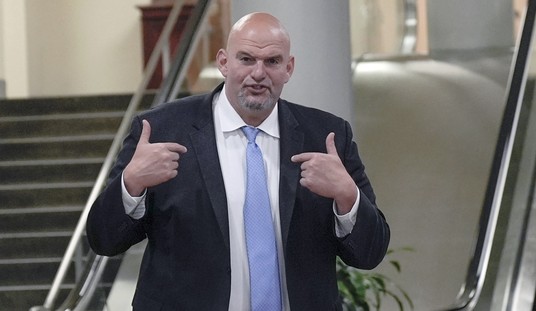The most conspicuous effect you will see from President Obama's health care overhaul won't be at your doctor's office or the hospital. It will be at your local Burger King.
That's assuming the Senate goes along with a provision, already approved by the House, that requires restaurant chains with 20 or more locations to display calorie counts on their menus. Although supporters claim such mandates have the power to make people thinner and prevent obesity-related disease, New York City's experience suggests they have little or no impact, possibly because customers who are interested in nutritional information can already obtain it.

New York began requiring calorie counts on restaurant chains' menu boards in July 2008. The first study to examine the regulation's impact, reported in the American Economic Review last May, found that average calorie intake (measured by receipts showing what a sample of customers had bought) remained basically the same at a Manhattan coffee shop and at a Manhattan location of a hamburger chain, while falling by 77 calories at a Brooklyn location of the same chain.
Another study of New York's menu mandate, reported in Health Affairs last month, was even less encouraging. The researchers found that the average calorie count for meals at four fast food restaurants in poor neighborhoods (McDonald's, Burger King, Wendy's and KFC) rose by 2.5 percent after the rule took effect.
Comparing interview responses to diners' receipts, the researchers found that what people said did not correspond very well to what they ate. The share of diners who said they noticed calorie counts rose dramatically after the menu mandate kicked in, from less than 20 percent to 54 percent. But less than a quarter of those who reported seeing calorie information said it led them to consume fewer calories, and "even those who indicated that the calorie information influenced their food choices," the researchers noted, "did not actually purchase fewer calories."
Recommended
The New York City Department of Health and Mental Hygiene prefers to cite its own, unpublished data, but even these numbers do not live up to the hype that preceded the menu mandate. Surveying 275 locations, the department found statistically significant drops in calorie consumption at just four out of 13 chains (McDonald's, KFC, Au Bon Pain and Starbucks).
It appears that all of these decreases were modest. The one highlighted by the health department was a 23-calorie drop at Starbucks, 9 percent of the pre-regulation average.
"We were not expecting to see miracles," a health department official told The New York Times. But it's hard to see how such weak results -- which may not even represent net reductions, since people could easily make up for fewer calories at Starbucks by eating more elsewhere -- can possibly stop 150,000 people from becoming obese and prevent 30,000 cases of diabetes over five years, as the health department predicted last year. Nor are they likely to translate into an average weight loss of 3 pounds a year, as the California Center for Public Health Advocacy claimed in pushing that state's menu mandate.
Press coverage of the health department's study emphasized a seemingly more impressive finding: Diners who said they saw calorie information and used it in deciding what to eat -- 15 percent of all customers -- consumed 106 fewer calories than the other diners. But that difference cannot be attributed to the menu mandate, since diners who use nutritional information are apt to be the ones who were most calorie-conscious to begin with.
Such customers had this information even before New York decreed that it appear on menu boards, since fast food chains were already providing calorie counts on their Websites and on posters, tray mats and flyers in their restaurants. The impact of making the numbers more conspicuous was therefore limited to the customers who were least inclined to use them, and the same will be true if a similar menu mandate is imposed nationwide.

























Join the conversation as a VIP Member